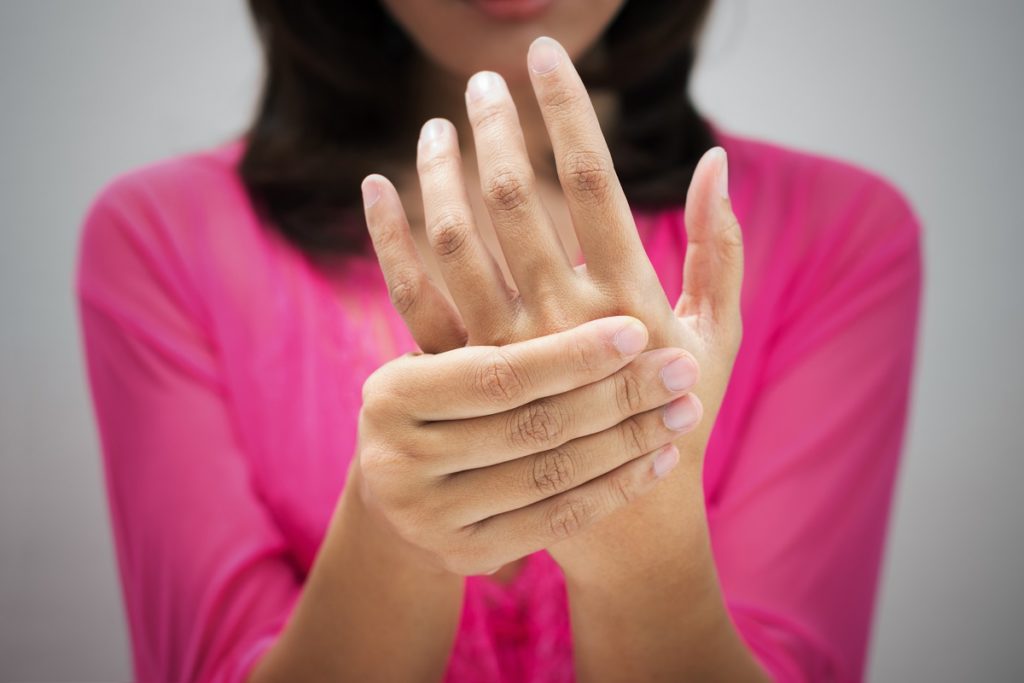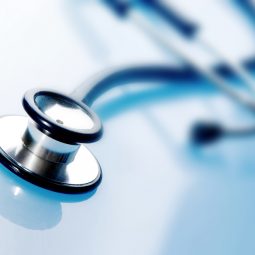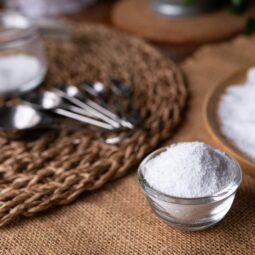
Q: What is Raynaud’s disease, and why does it turn my fingers and toes white?
Raynaud’s disease is an exaggerated response to cold or stress by your blood vessels. When triggered, these small vessels constrict and reduce the blood supply to the fingers and toes, making them feel cold and numb. The skin turns white and then blue as blood flow is reduced, and then reddens and regains prickly feeling as blood returns. The whole episode usually lasts about 15 to 20 minutes.
In addition to fingers and toes, some people experience this on the tips of their ears, nose or nipples.
Q: What causes it?
In most cases, Raynaud’s is unrelated to any disease or circulatory problem — it’s simply a defect in the vessels’ responses. We call this primary Raynaud’s. It occurs mostly in women, starting at age 15-30, but can happen to anyone and may run in families.
Secondary Raynaud’s, or Raynaud’s syndrome, is less common. It occurs in association with other conditions, such as vascular diseases, autoimmune and rheumatic conditions, fibromyalgia, carpal tunnel syndrome, overuse injuries, hypothyroidism, migraines, smoking and other factors.
Q: What triggers attacks?
Cold temperatures — especially quick shifts, such as going in and out of air-conditioned spaces or reaching into a refrigerator — are the most common triggers. If you’re chilled to the core, even if your hands and feet are warm, that can trigger an episode, too. In some people, anxiety and stress also trigger flare-ups.
Q: What can I do to minimize Raynaud’s flare-ups?
Bundle up to avoid cold exposure and quick temperature changes. Some patients use gloves or oven mitts to reach into the fridge or freezer — even at the grocery store. One even installed a heated steering wheel in her car.
Also, if you can, avoid medications and substances known to constrict blood vessels. These include:
- Over-the-counter nasal decongestants
- Amphetamines, diet pills and herbs that contain ephedra
- Agents used to treat ADHD
- Some migraine medications, including serotonin agonists (e.g., Imitrex) or ergotamine (Cafergot, Ergomar)
- Tobacco
Q: Should I see my health care provider?
Yes, do see a provider if the steps above aren’t helping or if you notice any skin breakdown. Blood pressure medications called calcium channel blockers may help reduce problems and avoid permanent tissue damage by opening up the vessels.
If you have Raynaud’s, I feel for you — I have it, too. I take heart that it’s generally not a serious problem. For the most part, it’s just an annoying quirk that makes us special!


